What exactly is the magic of LG NanoCell TVs to rely on? It s not only great viewing angles
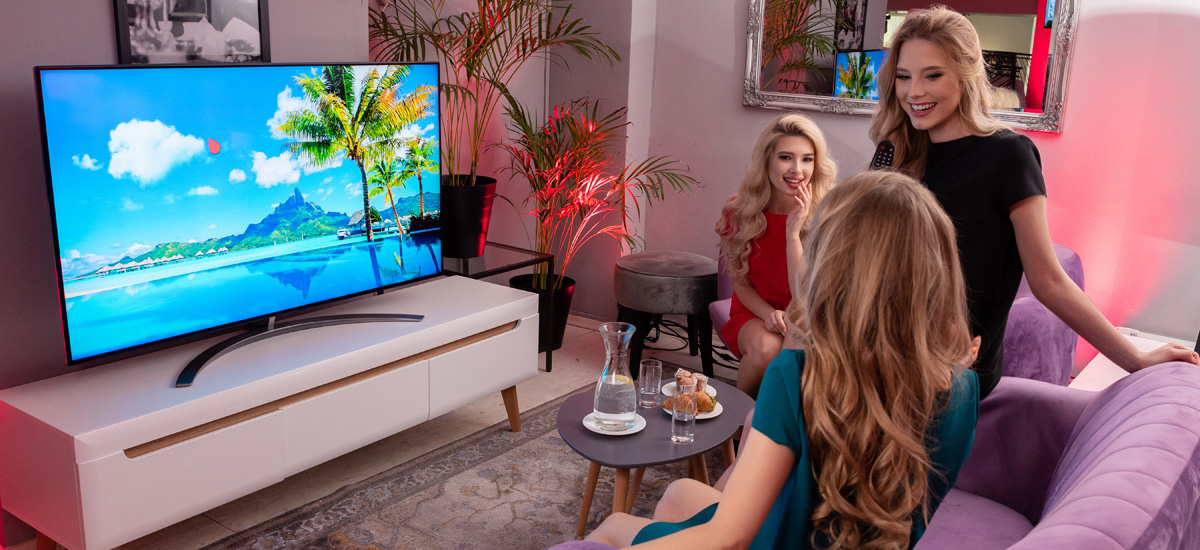
LG has consistently been a champion of IPS technology on the LCD TV market for many years. Neither is thinking about switching to the popular VA matrix, in addition to developing IPS-related NanoCell image display technologies. The list of new products on TV sets for 2019 is impressive.
I definitely do not hide two things in the context of LG TVs. First of all, I am a definite tech enthusiast of OLED. So I see the most luxurious televisions of this Korean manufacturer as one of the best - if not the best - products of this type on the market. Secondly, I am definitely not convinced by the benefits associated with IPS matrixes, which means that I look unfavorably on the medium and low price of LG TVs.
IPS dies are an alternative to common VA matrices. Their main distinguishing feature is usually much higher viewing angles compared to the competing solution. So, sitting on the edge of the wide couch in front of the TV, we see the image in the same quality as the viewer sitting directly in front of the screen. Unfortunately, this usually has a key image parameter, which is contrast. The VA matrices have so far almost always won in this respect with IPS.
LG is obviously aware of both the advantages and disadvantages of IPS matrixes. This year's NanoCell TVs are packed with technologies that are designed to not only remove weaknesses but also make them the best in their class.
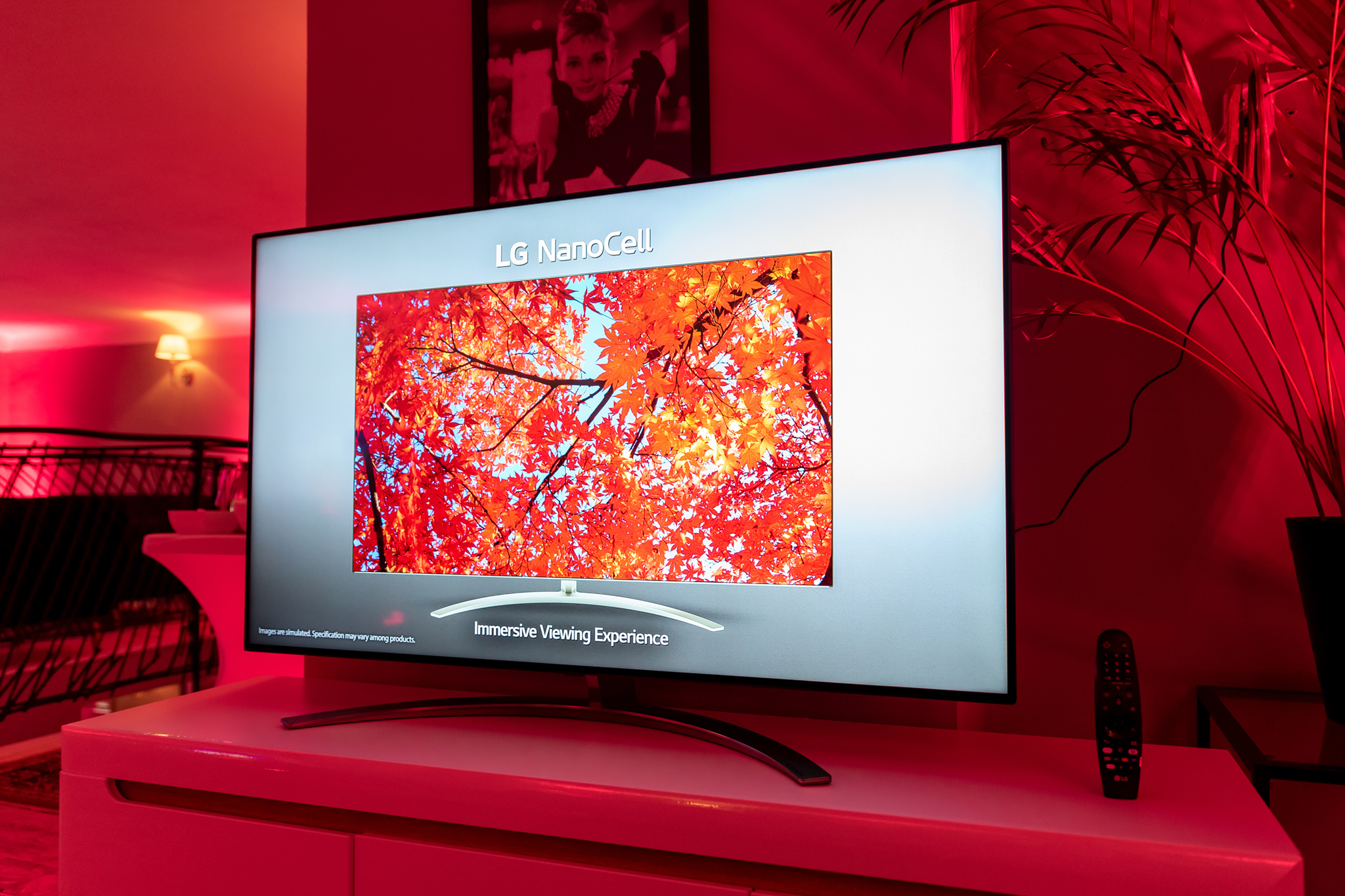
The first component of NanoCell solutions is Nano Color, which resembles a so-called quantum dot in Samsung's QLEDs, although the effect is slightly different. The competitor uses his complex coating on the matrix to overclock the brightness and increase the color palette, while LG uses it to increase the precision of color reproduction.
And this requires the ability to perfectly reproduce RGB (red, blue, green) colors. The Nano Color coating is designed to absorb light waves of undesirable length. By removing the imperfections often present in these matrices at green and red. In addition, LG has increased the number of points in the so-called LUT (Look Up Table), which further advantageously and effectively affects the increase of the precision of color reproduction and detail of the image.
And what about this unfortunate contrast? Do LG NanoCell owners actually have to sacrifice it for sensational viewing angles? Not necessarily.
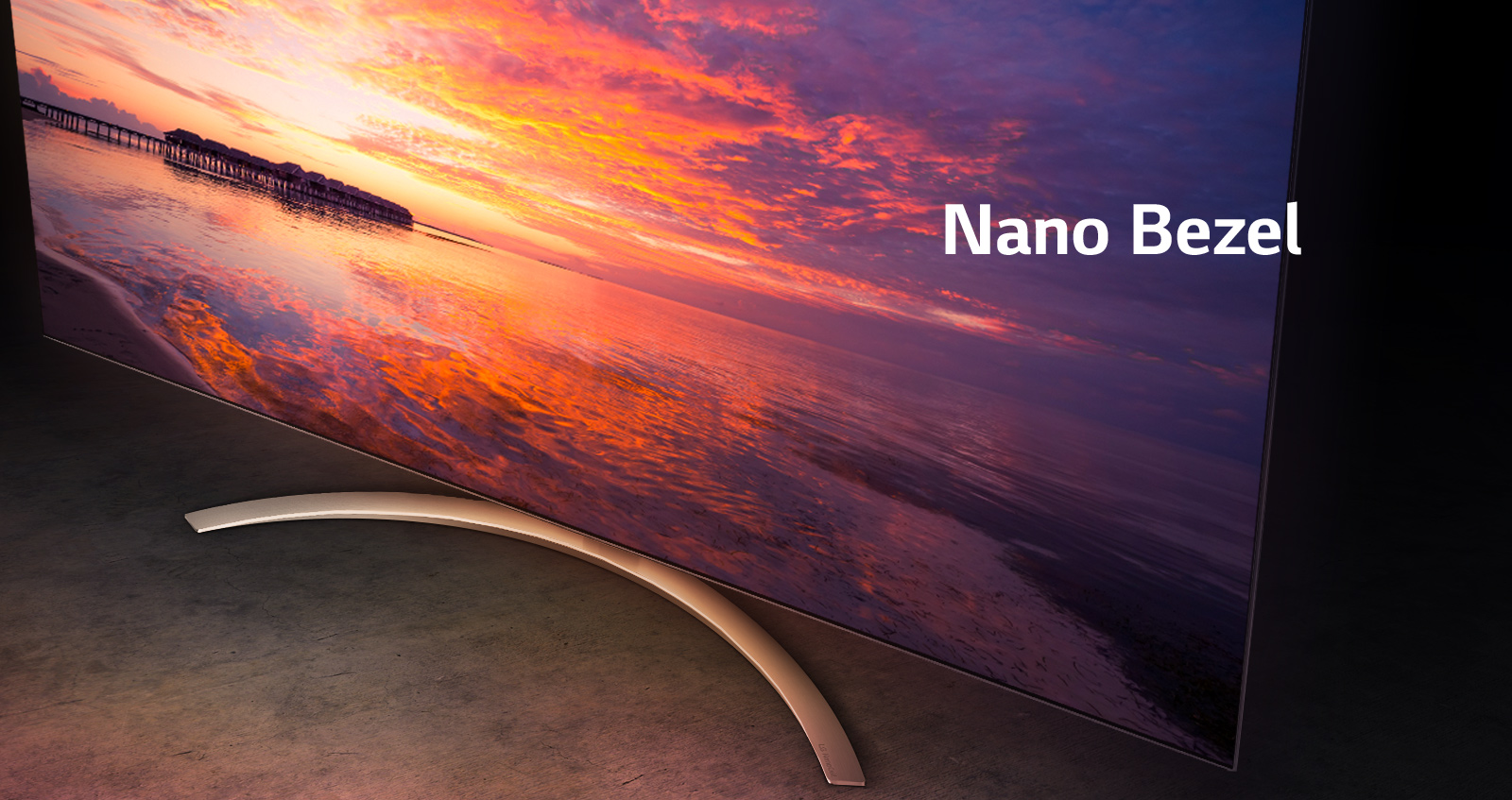
Faithful color reproduction in NanoCells is to be provided by LG's original solutions, but in contrast, the Korean company decided to take a forceful approach. Instead of reinventing the wheel, the designers of these LCD TVs decided on a high-quality backlight system. Of course, the type of Full Array Local Dimming (FALD), so the most advanced from the world of LCD, definitely better than edge lighting.
FALD in theory is able to provide a contrast not so far from the OLED matrixes. It is true that it will not eliminate the visible glow (referred to as the bloom effect) around bright objects on a dark background, but this is basically not dealt with by any LCD TV manufacturer and probably it will not change. Each of the FALD backlight modules in NanoCell TVs is individually controlled, and although LG does not share information - just like the competition - how many TVs there are, there are so many backlight zones.
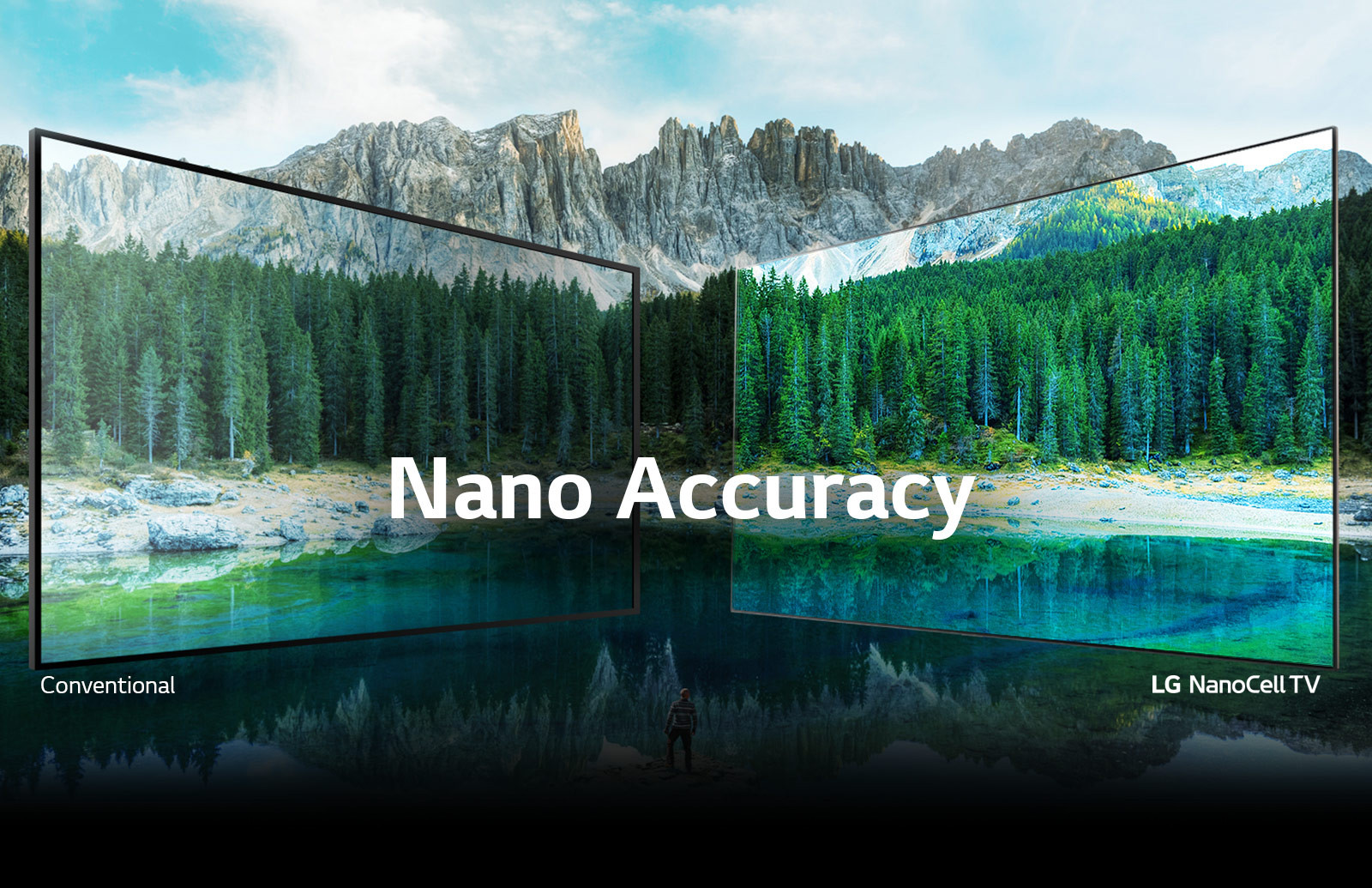
Nano Color with a more accurate LUT analysis, FALD backlight system and very wide viewing angles are to provide us with something that LG calls Nano Accuracy, so the image is an ideal image reproduction regardless of the place from which we view it in the living room. The whole is packed in Nano Bezel, so in a minimalistic frame of the casing, which does not distract our attention from what our television displays.
LG NanoCell also inherit these universal solutions after OLEDs.
These include support for the HDMI 2.1 standard, which in practice translates into a more convenient home theater connection thanks to eARC and automatic switching of the TV in the so-called Game Mode with low latencies and - in the case of compatible graphics cards and consoles - synchronization of animation frames with the refresh rate matrix.
LG NanoCell is also an image reconstruction algorithm that uses artificial intelligence to supplement the missing information in a lossy multimedia stream, that is, which send us services like YouTube or Netflix. This algorithm is supposed to approximate the quality of compressed video materials to those from physical media such as Blu-ray or even Blu-ray UHD. Optionally, artificial intelligence can also intelligently manipulate the illumination of the image so that it matches the current light in our living room without negatively affecting the contrast and color fidelity.
That's enough to convince even a skeptic like me.
What makes me particularly happy, soon I will be able to verify theory with practice. The theory is that due to numerous proprietary solutions, IPS LCD TVs from LG have the chance not only to match up, but also to overtake the competition on the appropriate price shelves. What's more, this theory sounds quite credible. However, the mentioned practice is crucial.
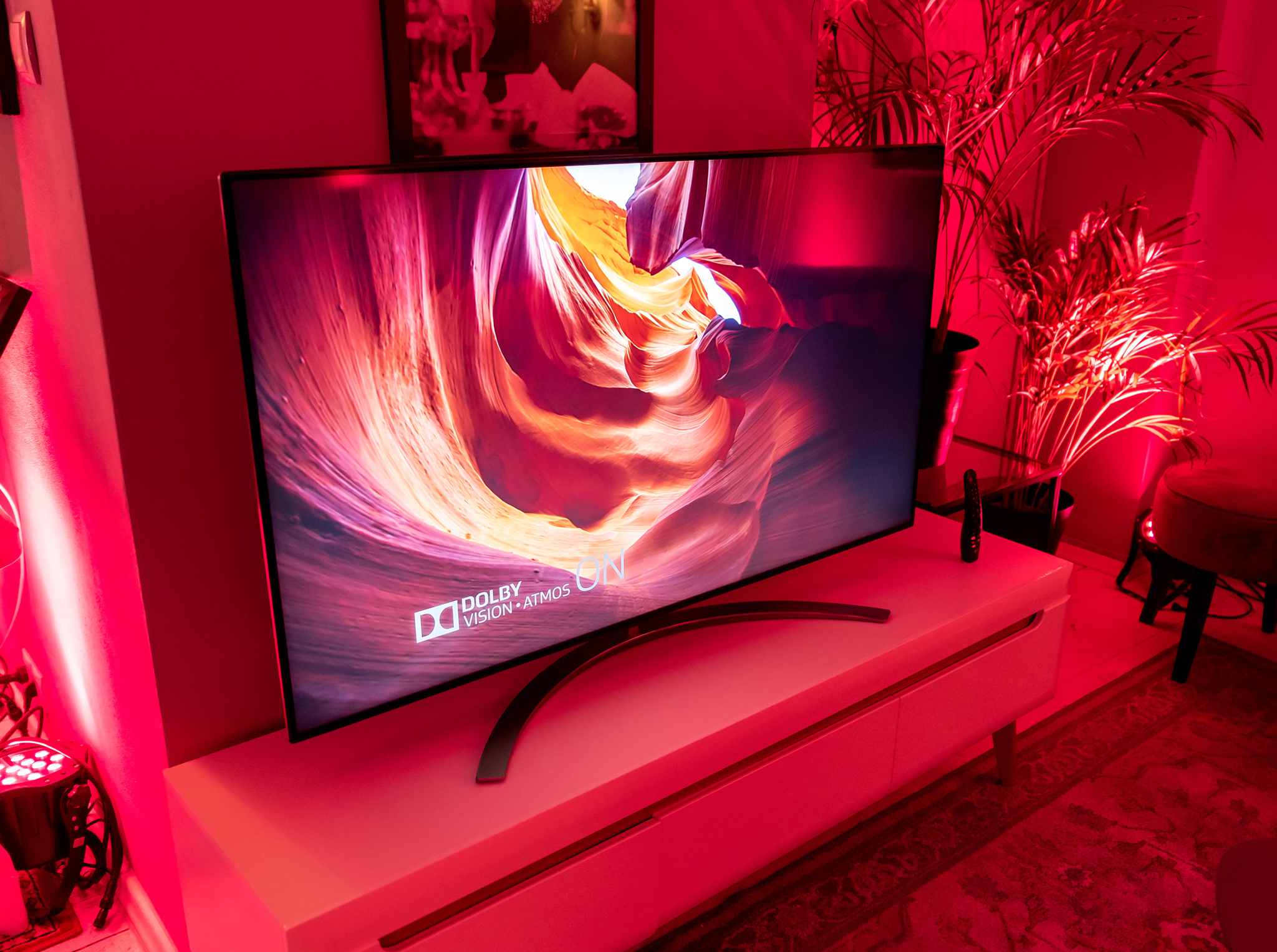
Fortunately, I have already rented one of the NanoCell TVs for testing, so I will be able to test its capabilities with my favorite TV series, movies and video games. I intend to be particularly meticulous in this, because if these technologies actually work, NanoCelle with its webOS and support for Dolby Vision and Dolby Atmos formats may turn out to be a very attractive choice for those looking for a receiver with great price-performance ratio.
What exactly is the magic of LG NanoCell TVs to rely on? It's not only great viewing angles
Comments
Post a Comment